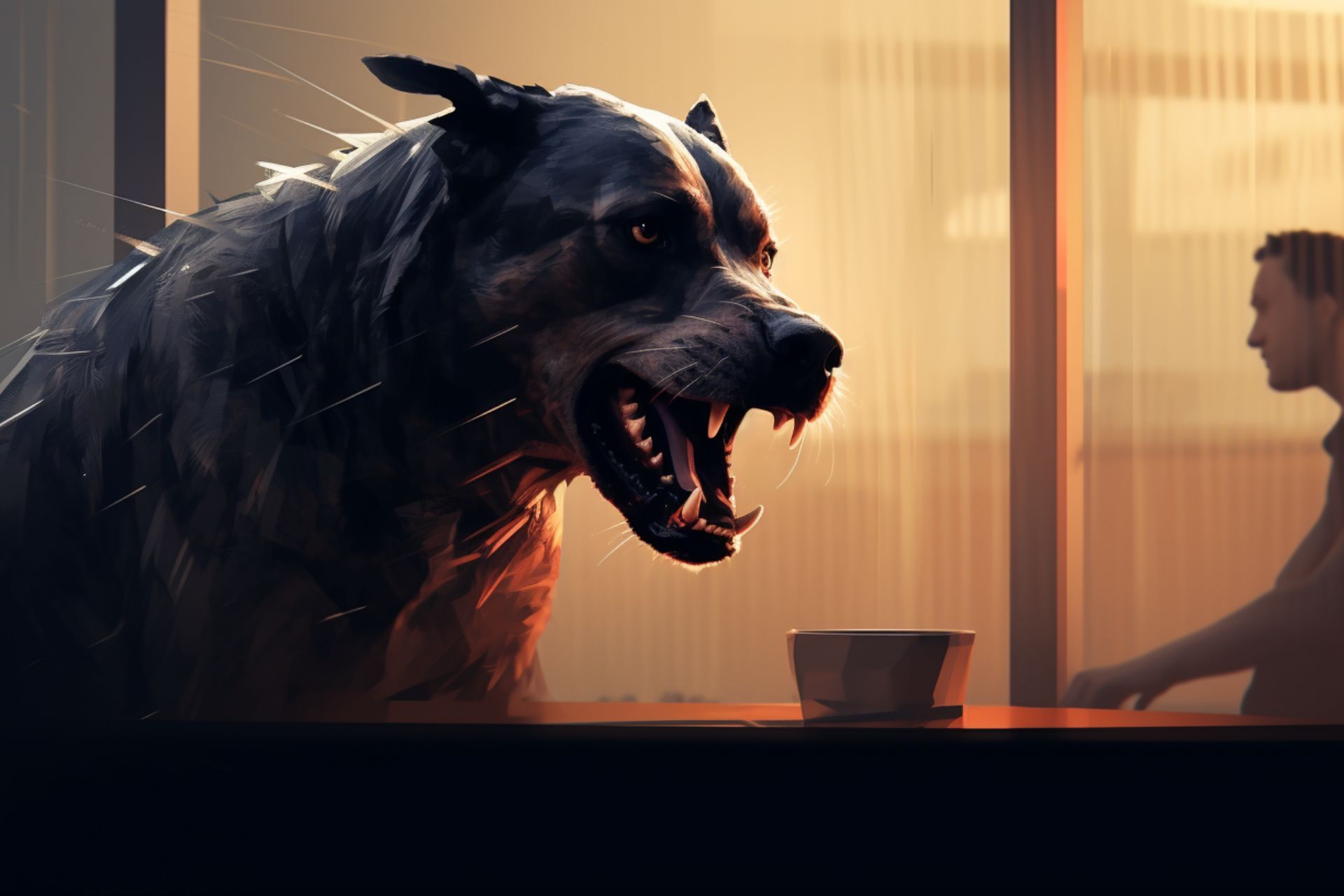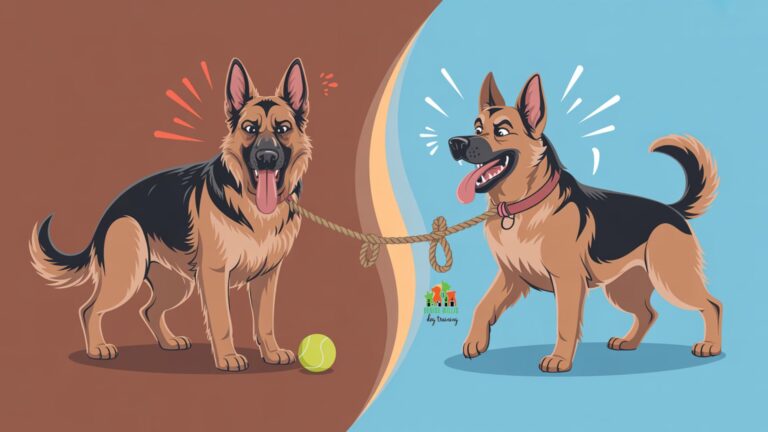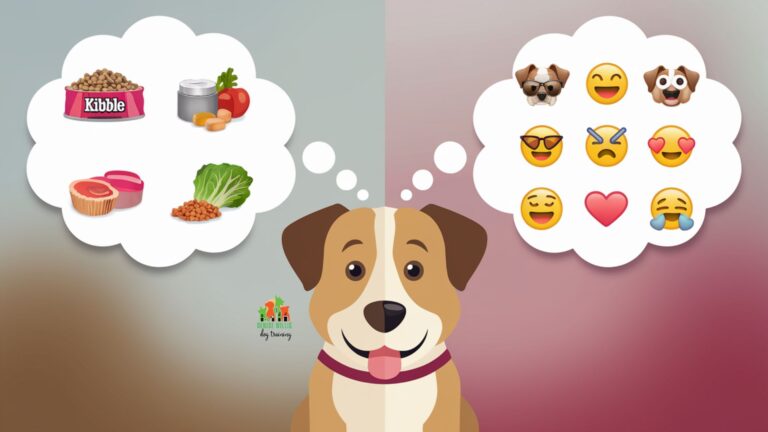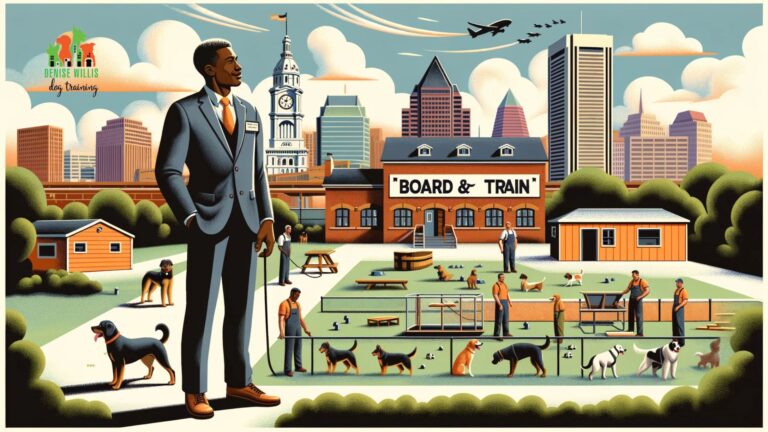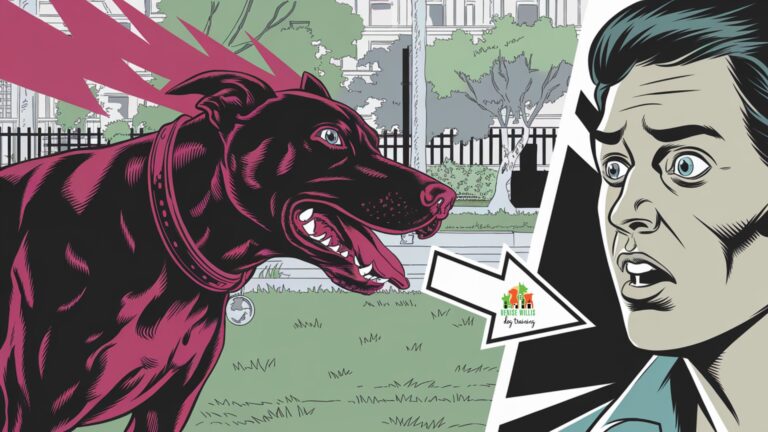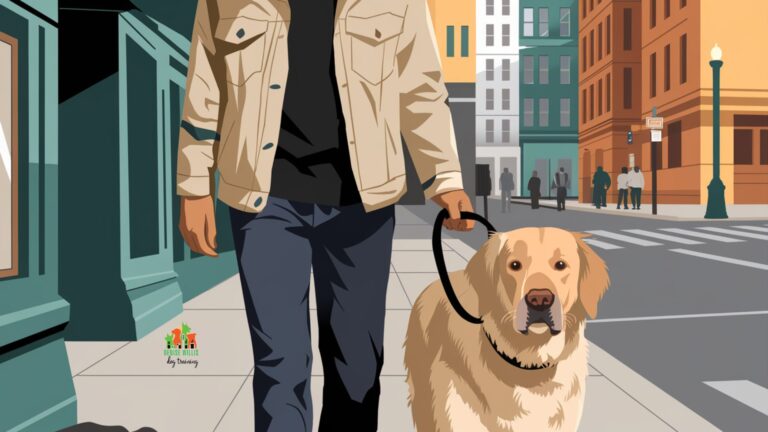Causes of Dog Aggression: A Revealing Exploration into the Heartfelt Struggles of Our Furry Friends
📍 Service Area Notice: DW Dog Training provides in-person training services exclusively in the Greater Baltimore area. While our blog content is designed to help dog owners internationally, our hands-on training services are locally focused. For readers outside our service area, we hope you find value in our articles and welcome you to reach out with questions!
Dog aggression refers to a range of behaviors meant to intimidate or harm people or other animals. Aggression in dogs often progresses through multiple stages if not addressed, beginning with subtle body language changes and eventually escalating to bites or attacks.
While aggressive behaviors like growling or snapping can be frightening, it’s important to understand that dogs rarely bite without warning. Recognizing the early warning signs of aggression is key to prevention and treatment.
There are several common types of aggressive behavior in dogs:
- Fear aggression – When a dog feels threatened or afraid, they may resort to aggression to protect themselves. This often results from a lack of proper socialization.
- Possessive aggression – Also called resource guarding, this occurs when dogs aggressively protect food, toys, sleeping areas, or other resources.
- Territorial aggression – Barking, lunging, or biting when strangers approach a dog’s property or home space.
- Frustration aggression – Snapping or biting when a dog is blocked from something it wants, like another dog or person.
- Dominance aggression – Confrontational behaviors like food bullying directed toward family members.
- Pain-induced aggression – Irritability and biting when a dog is in pain from an injury or condition like arthritis.
Contributing Factors
Several factors influence the risk aggressive dogs pose:
- Size: Larger dogs can do more damage if they bite
- Bite history: Dogs with past bites are more likely to bite again
- Unpredictability: Dogs with no warning before biting are at the highest risk
- Severity: Dogs that bite hard enough to wound are a greater liability
- Triggers: Dogs with easily avoidable triggers are safer
Warning Signs
Recognizing early aggressive signaling is key to prevention. Warning signs include:
- Tense, rigid body posture
- Direct stare
- Ears flattened back
- Teeth exposed
- Growling or barking
- Lunging without contact
Taking steps to minimize exposure to aggression triggers and consulting an animal behavior expert are recommended when dealing with an aggressive dog. Safety should always come first.
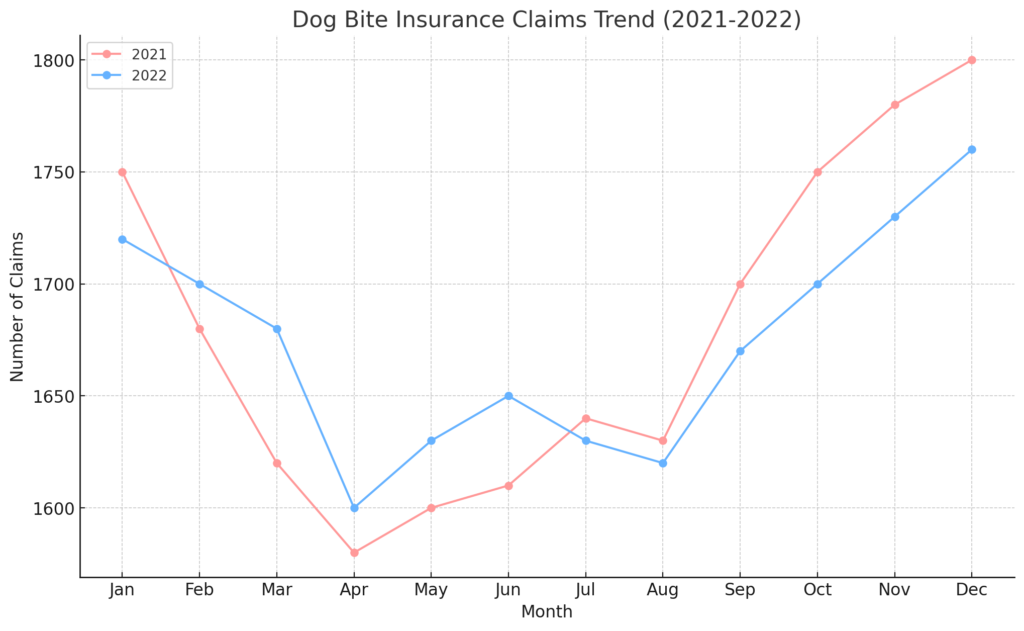
Key Takeaways on Causes of Dog Aggression
- Aggression in dogs often escalates through subtle warning signs like staring, growling, and tense posture before resulting in bites. Learning these pre-bite behaviors is critical.
- Common aggression motivations include fear, possession guarding, frustration, pain, maternal protection, and territoriality. Correctly identifying the cause is key.
- Prevention through proper socialization, training, and early intervention is ideal. Stopping early warning signs prevents progression.
- Safety is paramount. Management tools like secured spaces, leashes, and basket muzzles reduce bite risks.
- Professional guidance is highly recommended. Animal behaviorists can customize treatment plans to resolve the root cause and teach alternative behaviors.
Fear Aggression
Fear aggression refers to dogs that growl, snap, or bite when they feel threatened or afraid. It’s one of the most prevalent forms of canine aggression. Fearful dogs resort to aggression when they perceive danger and can’t escape it.
Lack of socialization is a prime contributor to fear aggression in dogs. Puppies that don’t get adequately exposed to various people, environments, sounds, and handling can become overly reactive and aggressive as adults. Genetics likely play a role as well, with some dogs inherently more prone to fearfulness.
Warning Signs
Subtle body language changes often precede outright aggression in fearful dogs. Signs to watch for include:
- Lip licking or yawning
- Sudden scratching
- Low crouching posture
- Tail tucked between legs
- Whites of eyes showing
- Ears flattened back
- Growling or barking
When cornered with no escape, the dog may skip warnings and bite. Their aggression surfaces as a protective response.
Treatment Approaches
Treating fear aggression requires avoiding exposures that trigger reactive behavior in the dog. But gradual, structured exposure can help countercondition the dog’s fearful response.
Desensitization involves exposing the dog to a feared stimulus, like strangers approaching, at a very low intensity. Doing so avoids triggering actual aggression. As the dog remains relaxed, praise and treats are given. Over multiple sessions, the intensity is increased, progressing to the real-life scenario.
Counterconditioning pairs the approach of a trigger, like a mail carrier, with something positive like a treat. This changes the dog’s negative reaction into a pleasant association.
Medications may help in some cases, but behavioral approaches are the mainstay. Impulse control training is also beneficial for these dogs. Safety measures like securing the home or muzzle use in public are paramount.
In extreme cases where the environment cannot be adapted, rehoming or euthanasia may be unavoidable. But many dogs can learn to better cope with their fears with dedication and professional support.
Prevention
Preventing fear-related aggression includes:
- Proper socialization as a puppy
- Ongoing socialization as an adult
- Building the dog’s confidence with rewards
- Training self-control abilities
- Learning canine body language to spot concerns early
- Keeping the dog away from triggers unless supervised
While seldom fully resolved, many dogs with fear issues can be managed to coexist fairly normally. But living with an aggressive dog requires tremendous caution and safety measures. Consulting a behaviorist is highly recommended. With customized behavior modification, many dogs do overcome their tendency toward fear aggression.
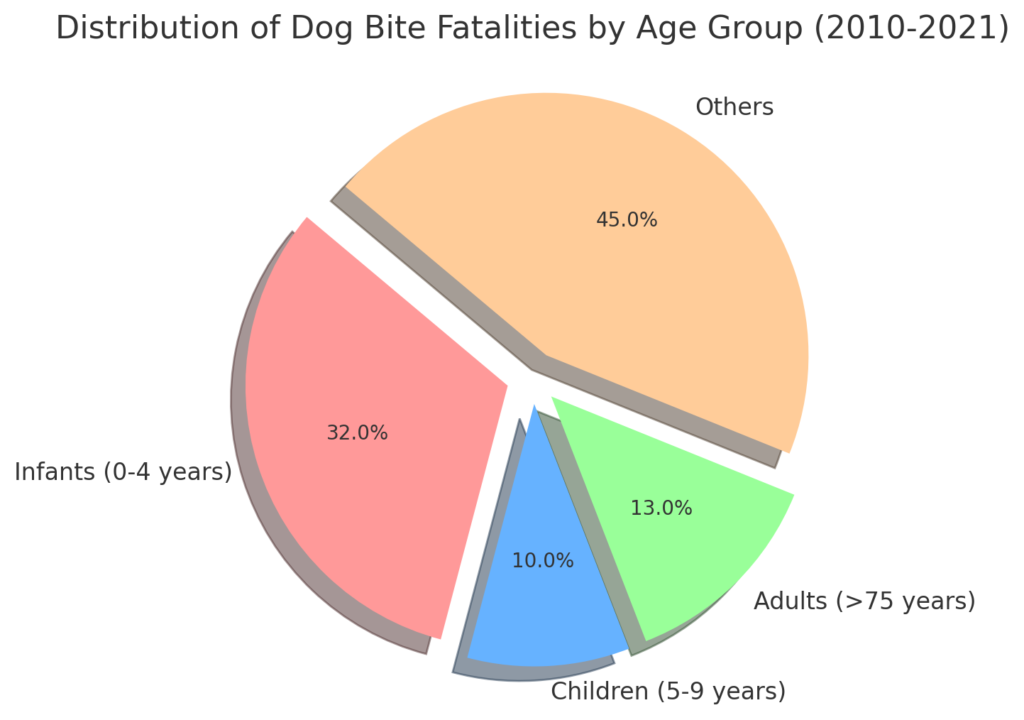
Territorial Aggression
Territorial aggression refers to dogs that act aggressively to defend their property or home space against perceived intruders. While guarding instincts are natural in dogs, excessively territorial dogs can become problematic.
Some common territorial behaviors include aggressive barking when anyone approaches the home, lunging at or biting visitors who enter the yard, and excessive urine marking around the perimeter. Territorial aggression often escalates without proper socialization and training during a dog’s development. Past experiences like a home break-in can also contribute to amplifying guarding behavior.
Certain triggers are prone to provoking aggressive responses in territorial dogs:
- Mail carriers, delivery drivers
- Neighbors entering the yard
- Joggers passing by
- Outdoor cats, and wildlife on the property
Treating established territorial aggression in dogs involves several approaches, such as having strangers offer tasty treats to countercondition the dog’s negative reaction and reward calm behavior when people approach the home. Consistency is key in reshaping the dog’s associations through positive reinforcement.
Additionally, impulse control training helps reinforce obedience commands like “sit” and “watch” when visitors come to the door. Limiting the dog’s access to areas where frequent barking occurs can also help manage the issue while working on behavior modification. Confinement is recommended when unfamiliar visitors will be present if the territorial aggression is severe.
With diligent counterconditioning exercises and training, territorial aggression can often be resolved fully or substantially reduced. However, ingrained territorial instincts take significant time and dedication to overcome. In more entrenched cases, lifelong management strategies like securing fenced areas and muzzle use in public may be necessary for safety.
Consulting an animal behavior specialist is highly advisable when dealing with an excessively territorial dog. Customized behavior modification programs can help countercondition the dog’s fearful response and reinforce calm, obedient behaviors instead.
However, some lifelong management may still be required for certain dogs depending on the severity of the case and the uniqueness of the environment. There are also prevention strategies that can help curb territorial behavior and prevent escalation to aggression:
- Extensive socialization as a puppy
- Ongoing positive exposures to people/places
- Basic obedience and impulse control training
- Distraction techniques like treats for strangers
- Discouraging excessive barking
- Limiting fence line access
Addressing territorial behavior proactively and securing professional guidance gives you the best chance of resolving the issue and improving your dog’s quality of life. But owners must also remain realistic – in some cases, management strategies will be needed lifelong to keep the dog and others safe.
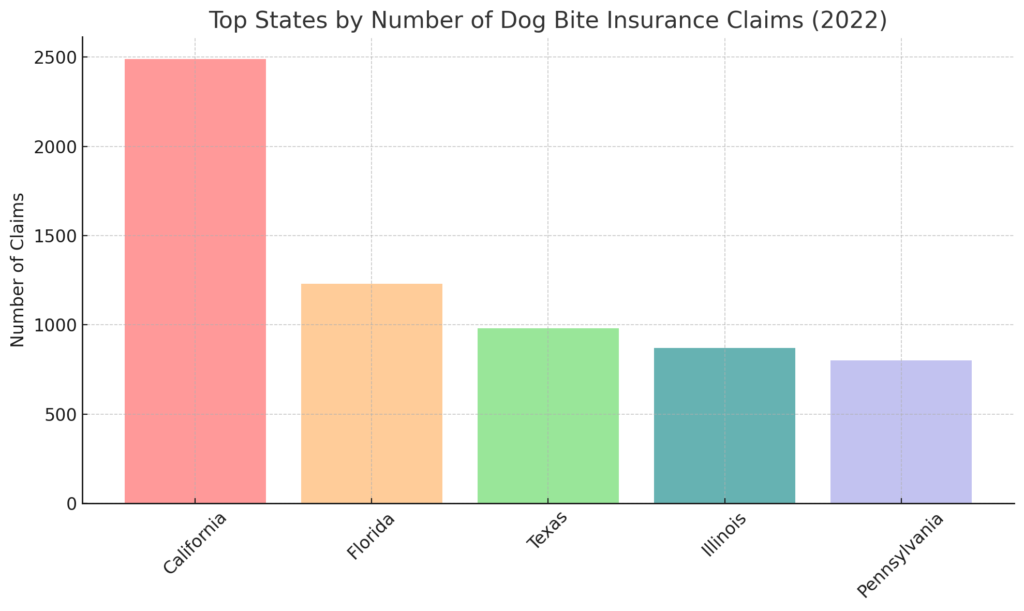
Possessive Aggression
Possessive aggression, also called resource guarding, refers to dogs that aggressively protect food, toys, sleeping areas, or other resources. It’s a natural instinct for dogs to guard their possessions. However, excessively possessive dogs can become problematic.
Common possessive behaviors include growling or snapping when approached while eating, chewing a bone, or playing with a toy. More serious cases may involve biting or attack. Possessive aggression is partly genetic but can worsen without proper training.
Certain high-value items or circumstances tend to trigger possessive aggressive responses, such as:
- Food bowls, especially when being filled
- Rawhide chews, pig ears, ice cubes
- Stolen objects like socks, shoes, trash
- Sleeping areas like dog beds
- Space on furniture or laps
Treatment involves counterconditioning techniques to change the dog’s association with triggers from negative to positive. For example, tossing treats as you approach teaches the dog your presence means good things when they have a resource.
Impulse control training is also important, reinforcing “drop” and “leave it” commands. Limit access to potential triggers until the behavior is under control. Confinement or secured eating areas may be necessary in severe cases.
With diligent counterconditioning and training, possessive aggression can often be resolved or managed successfully long-term. However, genetic predispositions may make it difficult to fully resolve in some dogs. Consulting a behavior professional is advisable.
Preventing possessive aggression starts with proper socialization and training:
- Handling paws, taking away toys as a puppy
- “Drop” and “leave it” training
- Reward calm responses to resource removal
Other tips include:
- Feed pups separately to avoid food competition
- Remove resources after short durations
- Avoid high-value chews that bring out guarding
- Pet while the dog is eating to build positive association
Possessive behavior merits early intervention. With customized training and management, dogs can learn to relax and accept resource removal. But lifelong vigilance is required for dogs genetically prone to guarding. Securing guidance from an animal behavior specialist is recommended in resolving possessive aggression issues.
Common Aggression Triggers in Dogs
| Aggression Type | Common Triggers |
| Fear | Strangers, unfamiliar environments, loud noises |
| Territorial | Visitors at home/yard, passersby, outdoor animals |
| Possessive | Approaching dog’s food, toys, bed |
| Frustration | A barrier to accessing dog or person, noises |
| Pain-induced | Touching sore areas, veterinary exams |
| Maternal | Approaching mother dog’s puppies |
Frustration Aggression
Frustration aggression refers to dogs that react with aggressive displays like snapping or biting when prevented from accessing something they want. It often involves barrier frustration or redirected aggression.
Dogs exhibit frustration-aggression when they are worked up or excited by a stimulus but unable to get to it. For example, a dog may snap at their owner when held back from approaching another dog on a walk.
Common frustration-aggression triggers include:
- Being leash restrained from people, dogs, cats
- Fences separating from stimuli
- Visitors out of reach such as through windows
- Being crated or confined during excitement
Treatment involves impulse control training and desensitization. Teaching a strong “leave it” cue helps dogs learn to defer reacting to triggers. Start in low-distraction settings and reward calm responses.
Gradually expose the dog to more exciting triggers at farther distances, rewarding before reactions happen. Solid obedience helps refocus frustration into acceptable activities. Confinement may be needed during high trigger times.
With diligent training, frustration-aggression can often be corrected or managed successfully long-term. However, highly excitable dogs may require lifelong supervision and management strategies.
Preventing frustration-aggression centers on impulse control:
- Early “leave it” and redirection training
- Avoiding barrier frustration scenarios
- Meeting dogs on neutral territory
- Maintaining composure during greetings
- Outlets like chew toys when confined
Frustration-aggression requires addressing the root causes of excitability and teaching more appropriate behaviors. With training, enrichment, and management, reactive outbursts can be minimized. But professional guidance is advisable for entrenched frustration aggression.
Aggression Warning Signs in Dogs
| Signs | Description |
| Hard stare | Tense direct eye contact |
| Growling | Low guttural vocal warning |
| Raised hackles | Sinking teeth into the skin |
| Frozen posture | Very stiff and still |
| Snarling | Lips curled back showing teeth |
| Lunging | Movement toward trigger without contact |
| Snapping | Quick nip without contact |
| Biting | Sinking teeth into skin |
Dominance Aggression
Dominance aggression refers to confrontational behaviors directed toward family members in an attempt to control resources and gain higher status. However, the theory of “dominance” in dog training has been largely debunked.
Rather than trying to assert pack dominance, aggressive behaviors in dogs generally arise from fear, anxiety, lack of proper conditioning, or resource guarding instincts. While some confident dogs may use aggression to access desired locations or objects, their motivation is rarely a conscious bid for higher rank.
That said, certain confrontational aggressive behaviors in dogs do suggest a status-related component:
- Food bullying
- Staring, standing over people
- Blocking movement or access
- Snapping if given commands
- Claiming furniture or beds
These behaviors often reflect learned habits from inadvertent reinforcement more than a calculated move up the hierarchy. For example, giving treats to stop pestering trains dogs to pester more for food.
Effective treatment involves removing opportunities for rehearsal of confrontational behaviors through management like secured eating areas. Training focused on reinforcing commands and impulse control is key. Reward-based methods work better than punishment or intimidation tactics.
Prevention centers on setting rules and structure from puppyhood onward:
- Consistent rules and schedules
- Reinforcing commands
- Impulse control foundations
- Remove rewards for undesirable behaviors
Attributing confrontation or aggression to dominance seeks an outdated explanation. While status may play a small role in some behaviors, fear, anxiety, frustration, and guarding instincts better account for aggressive displays in most modern dogs.
Rather than exerting dominance, treatment involves humane, reward-based training. Patience, consistency, and professional guidance help resolve the underlying causes of aggressive behavior in dogs. Management remains necessary in more severe cases.
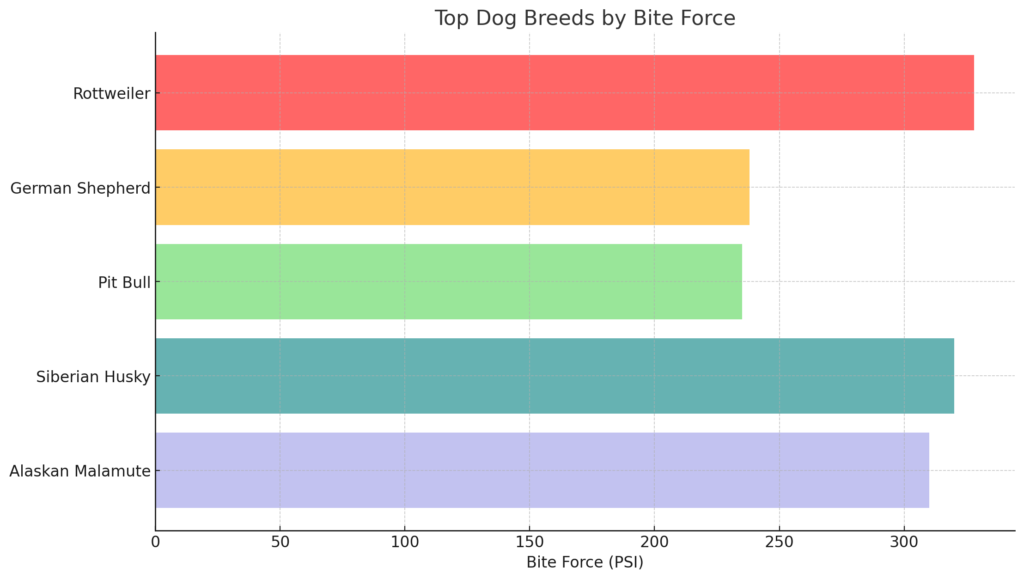
Maternal Aggression
Maternal aggression refers to mother dogs that act aggressively toward people or animals approaching her puppies. It’s a natural instinct to protect their young. However, excessively aggressive mothers can be concerning.
Signs of maternal aggression include:
- Growling when puppies are approached
- Biting or lunging if space is invaded
- Resource guarding of puppy areas
- Following people to keep them away
Maternal aggression tends to peak at 4-5 weeks when protecting the puppies outweighs everything. Without proper conditioning, mild maternal aggression can worsen over time.
Treatment involves counterconditioning and impulse control. Give treats to positively reinforce allowing handling of puppies. Use baby gates to provide mother dog breaks from the litter. Also, confine mom when socializing puppies.
As weaning begins around 3-4 weeks, separation from the litter also helps lessen guarding behavior. Spaying after weaning can reduce recurring maternal aggression. With training, most mother dogs accept handling of their puppies.
Preventing problems involves early socialization:
- Handling paws, taking puppies away
- Having visitors give treats to mom
- Feeding near the puppy area
Other tips:
- Provide whelping boxes to give space
- Limit too many people interacting with litter
- Allow breaks from puppies
Mild maternal aggression is common but concerning levels require intervention. Counterconditioning, impulse control training, spaying, and proper socialization help ensure mom remains comfortable with puppy handling. But vigilance is required even in well-adjusted mothers.
Pain-Induced Aggression
Pain-induced aggression refers to irritable, aggressive displays directed at people or animals approaching a dog that is suffering. Even normally friendly dogs may bite when in pain or distress.
Common causes of pain leading to aggression include:
- Arthritis, hip dysplasia, lameness
- Dental disease, mouth pain
- Injuries, post-surgical tenderness
- gastrointestinal issues
- Neuropathic pain, nerve damage
Dogs in pain may give warnings like growling or tucked tails when approached. Biting often occurs if contact is made with sore areas. Sudden, out-of-character aggression warrants a veterinary exam to check for underlying pain.
Treatment depends on the source. Dental extractions, joint supplements, or medication can provide pain relief. Physical therapy and rest may help injuries heal. Behavioral therapy also helps dogs overcome learned aggressive responses.
Preventing pain-induced aggression involves proactive health care:
- Annual veterinary exams
- Dental cleanings
- Medicating before the pain gets severe
- Limiting activities that cause soreness
- Massage, supplements
Catching and addressing sources of pain early is key. Learn subtle signs your dog is uncomfortable. While pain-based aggression is understandable, it can become dangerous. Getting professional treatment fosters trust and handling from family again.
All aggression merits investigation into potential pain factors. Even as other training occurs, pain management maximizes progress. While seldom the sole cause of aggression, discomfort often contributes and warrants relief. Living safely with an aggressive dog also means optimizing their health and welfare.
Idiopathic Aggression
Idiopathic aggression refers to displays of aggressive behavior in dogs that lack an identifiable cause or trigger. It was previously labeled “rage syndrome”, but idiopathic better conveys the lack of definite explanation in these cases.
Idiopathic aggression is very rare, estimated to occur in less than 1% of dogs. Diagnosis requires ruling out all other potential medical and behavioral causes through exams, lab tests, and documentation of episodes.
Warning signs are difficult since there is no seeming trigger or pattern. Attacks appear sudden and random. The dog may seem vacant, distracted, or stressed before an episode.
Treatment options include:
- Medications to stabilize mood or anxiety
- Behavior therapy to reduce reactivity
- Precautions like secured areas and muzzles
The prognosis with idiopathic aggression is poor. Anti-anxiety or anti-seizure medications may reduce the frequency or intensity of episodes. But there is no cure, and severity often increases over time.
Due to the spontaneous nature, managing risk with an idiopathically aggressive dog is extremely difficult. Rehoming is usually not an option. Euthanasia may ultimately be the safest choice in severe intractable cases.
Prevention is also a challenge since the cause is unknown. However, some recommendations include:
- Early socialization and training
- Avoiding trauma or neglect
- Genetic screening of breeding dogs
- Proper veterinary care
Idiopathic aggression is very uncommon but requires specialized intervention. Diagnosis must rule out all other potential medical or behavioral explanations. Treatment then focuses on medication and strict management for safety. Prevention is limited since the cause is elusive in these dogs. In the rare cases it occurs, idiopathic aggression poses significant risks requiring expert guidance.
Assessment and Diagnosis of Aggression
Properly assessing and diagnosing aggression is essential for effective treatment. Determining the type, severity, potential causes, and risk factors guides the approach and prognosis.
A thorough assessment begins with a veterinary exam to identify any underlying medical conditions that could contribute to aggression. Bloodwork, urinalysis, neurological exams, and potential X-rays help uncover issues.
Next, a detailed behavioral history helps identify patterns signaling the motivation:
- What triggers the aggression? Strangers? Family? Other pets?
- Are there noticeable warning signs like freezing or staring?
- How often do episodes occur?
- What is the severity – growling versus biting that breaks skin?
The assessment also examines risk factors:
- The dog’s age, size, and physical strength
- Any past bite history and degree of injury
- The predictability of aggressive episodes
- Avoidability of known triggers
Finally, the target or victim of the aggression provides useful context:
- Family members only? Strangers? Certain individuals?
- Children, adults, or other animals?
- What is the relationship and past history with targets?
Understanding these key pieces helps determine the prognosis, treatment approach, and any steps needed to ensure safety around the dog. An animal behavior specialist can best conduct a thorough aggression assessment and diagnosis.
Precise diagnosis is crucial in addressing canine aggression. Determining the motivation and context guides effective behavior therapy, medication if indicated, and management protocols. While challenging, many types of aggression can be improved or managed with diligent assessment, diagnosis, training, and prevention. Risk and severity dictate the strategies needed to coexist as safely as possible with an aggressive dog.
Safety Tips for Living with an Aggressive Dog
| Prevention Method | Description |
| Secured spaces | Gates, crates, kennels when alone |
| Basket muzzles | For public walks, vet visits |
| Obedience training | Reinforce commands, impulse control |
| Exercise | Prevent boredom and frustration |
| Supervision | No unmonitored interactions with triggers |
| Remain vigilant | Reassess plan regularly as behavior evolves |
Treatment of Aggression in Dogs
Treatment plans for canine aggression are tailored to the specific type and diagnosis. However, certain components form the core of most behavior modification programs.
First, safety must be ensured through avoidance and control measures like secured areas, leashes, and basket muzzles. Preventing opportunities to rehearse aggression is paramount.
Next, medication may be considered to help reduce anxiety, stabilize mood, or treat pain contributing to aggressive responses. Anti-anxiety drugs or pain relievers are sometimes used short-term alongside training.
Behavior modification focuses on addressing the underlying motivation through techniques like:
- Counterconditioning to change emotional response to triggers
- Desensitization to gradually increase tolerance
- Obedience training and impulse control around triggers
- Redirecting aggressive responses to more appropriate ones
Other important elements include:
- Providing plenty of exercise and enrichment
- Limiting exposure to potential triggers
- Remaining vigilant and consistent
With customized training by an animal behavior professional, many dogs can learn to cope with or control aggressive tendencies. However, severity and unpredictability dictate prognosis.
Prevention is key for long-term improvement:
- Proper socialization and training from puppyhood
- Learning canine body language for early intervention
- Providing adequate exercise and stimulation
- Supervising all interactions with triggers
Treating aggression requires a tailored, multipronged approach addressing medical, behavioral, and safety factors. Success depends on the specific diagnosis, motivation, and severity. Realistic expectations are necessary. Lifelong management is sometimes the safest option. Prevention through proper conditioning and early socialization offers the best protection against aggressive behavior issues in dogs.
Living Safely with an Aggressive Dog
Living alongside an aggressive dog presents many challenges and risks. Ensuring safety for the family, visitors, and the public is paramount if attempting to manage rather than rehome or euthanize an aggressive dog.
Securing the home is the first priority – gates, doors, and fencing must prevent escapes. When unsupervised, the dog should be confined to a crate, kennel run, or room. Baby gates also allow the partitioning of areas of the home when needed.
Muzzle training is essential for vet visits, public walks, and any interaction with triggers. Basket-style muzzles allow panting, drinking, and taking treats. Introduce them gradually with positive conditioning.
During multi-dog homes, separating dogs when unsupervised reduces the potential for conflict. Rotating access to toys, beds, and owner attention prevents resource-guarding issues.
Set clear rules and structure for children concerning safety measures – no approaching without an adult, avoiding high-risk rooms or items. Having kids feed treats through gates/crates helps countercondition the dog’s association.
Environmental management like closed doors, baby gates, and noise machines also limit reactivity triggers. Exercising before guests arrive may prevent some episodes.
Ongoing training refresher courses are beneficial for conversation. A behavior specialist can identify areas of concern and customize protocols. Medications may require adjustment over time as well.
Regular reassessment ensures your safety plan evolves along with any changes in aggression. Some risks like muzzle removal or barrier frustration may emerge gradually.
Realistic expectations are necessary. Successfully managing aggression reduces risk but there is no guarantee of permanent resolution or absolute safety. Contingency plans for rehoming or euthanasia may become necessary if safety is compromised.
Prevention starting in puppyhood offers the best protection and relationship with an aggressive-prone dog: proper socialization, training foundations, understanding canine language, and intervening at the first signs of concern. Prevention affords the highest chance for safe coexistence.
Final Thoughts
Living with an aggressive dog is incredibly difficult, but many issues can be improved through dedicated training, counterconditioning, and environmental management. A customized behavior modification plan tailored to your dog’s specific aggression motivation and triggers offers the best chance for progress. However, as the owner you must remain deeply committed to strict safety protocols—some dogs require lifelong vigilance. The ideal solution is preventing aggression from puppyhood through proper socialization, training foundations, and intervening at the first concerning signs.
Yet despite your best efforts, certain severe cases of aggression may not be safely manageable at home. This is where the experts at DW Dog Training can assist. We specialize in customized behavior modification programs for aggression, anxiety, and other issues. Our certified trainers will conduct a thorough in-home evaluation of your dog’s behavior, then design a tailored training plan focusing on safety and long-term improvements in quality of life. We also offer board and train programs for more intensive retraining in controlled settings.
If you’re dealing with any level of aggression in your dog, don’t hesitate to contact DW Dog Training. Our compassionate, experienced team can provide the guidance and hands-on support you need to stop aggression early or manage more entrenched cases safely. We’re committed to helping you and your dog live happier together.

